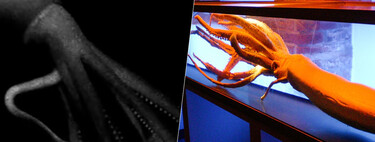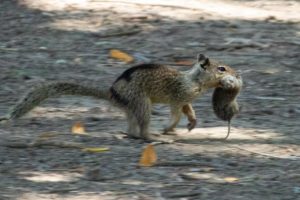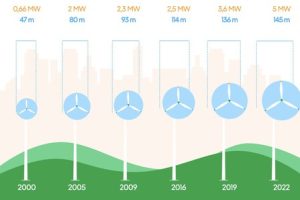Gorringe Mountain is not well known. That despite the fact that its 5,000 meters high could make it the third highest mountain in Europe and the highest in Western Europe. This mountain is located in Portugal and, if it is not as well known as other peaks, it is probably because it is underwater, about 220 km from the coast of Portugal.
New expedition. Now a scientific expedition has been studying on site the ecosystem of the summit of Mount Gorringe. The Blue Ocean Foundation expedition began its journey through the sea on September 7. Almost a month later, we already have some data about the species found in the environment.
Just like says the local pressthe expedition has recorded the presence of more than 200 species of animals and plants. These included 12 species of seabirds, 55 types of algae, 12 species of coral or 36 species of fish.
Among the animals observed there are also numerous species and subspecies of invertebrates. Of the two hundred species, 40 had never been seen before in this area.
No predators. One of the aspects that has drawn attention is the relative absence in this environment of large predators such as sharks. A surprising find if we take into account the great biodiversity of the area.
Another absence detected was that of species “of commercial value.” This could be the result of the pressure exerted by fishing on these types of environments and the animals that inhabit them, a wake-up call about the risk of overfishing.
Gorringe. Gorringe Seamount has two peaks: Mount Gettysburg and Mount Ormonde. this mountain It has an elongated shape, about 200 km long and about 80 km wide.
The geological formation appeared as a consequence of the convergence between two tectonic plates, the Eurasian and the African. Gorringe is named after Henry Honychurch Gorringe, captain of the expedition that mapped the site in 1875.
However, what motivated the expedition of the Blue Ocean Foundation was not its geology but the marine ecosystem it hosts. According to explains the associationGorringe is a “magnet” for marine life, an “oceanic oasis”, in addition to being an important transit point for migratory species and a unique ecosystem in that it hosts species that are only seen in coastal areas and not in high altitudes. sea.
Blue ocean. The Blue Ocean Foundation expedition set out with the objective of exploring this unique environment and thus contributing to its conservation. Specifically, the foundation points out that the objective of the mission is to “conduct a scientific assessment and provide crucial recommendations for the establishment of a Maritime Protected Area (MPA) there, in support of the 30×30 global goal.”
The foundation refers to the objective of achieving 30% of the seabed to be protected by the year 2030. For now, Gorringe has been designated as an Ecologically or Biologically Significant Maritime Area (EBSA), and is also part of the Natura 2000 Network.
In Xataka | We are searching for the origin of more than 5,200 craters found off the coast of California. It could be in gravity
Image | Blue Ocean Foundation















Add Comment